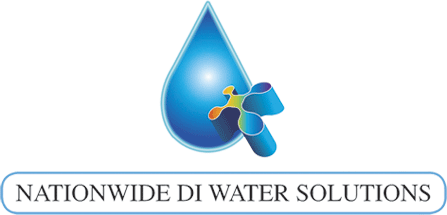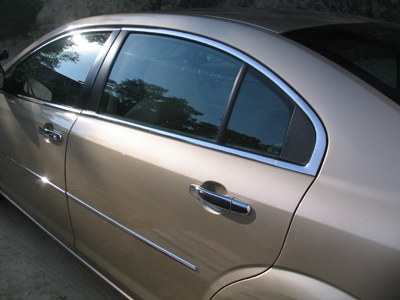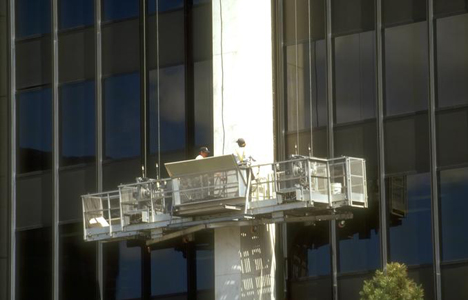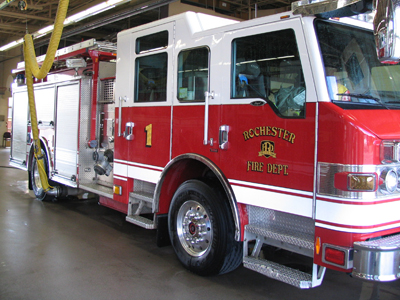DI Water Resin
What is Pure Water?
Water is passed through a special substance called an "ion exchange resin." A chemical process takes place, which 'exchanges' the dissolved minerals with hydrogen ions and hydroxide ions. These new ions then combine to form water. Since most dissolved solids in tap water are salts (the things that cause spotting on windows), this process is very efficient and creates a high level of water purity similar to that of distilled water.
Water from the tap contains many impurities. Whether they are ground minerals picked up along the way, or additives that make it safe for drinking, none of these impurities do your windows any good. These are what cause spotting on windows after they dry and necessitate the use of squeegees. Worse, if the glass is not properly maintained through regular cleaning, these minerals will eventually permanently stain the glass. Deionization completely filters these impurities and allows the glass and window frame to dry completely spot free. We are then able to clean high or dangerous windows safely from the ground through the use of poles, which deliver pure water for a perfect clean every time.
Other businesses that may also use deionized water include:
- Professional Car Washing/Detailing Companies
- Automatic Car Washing Companies
- Salt Water Aquariums
- Professional Carpet Cleaning Companies
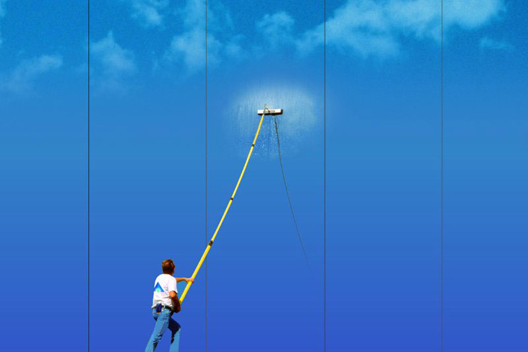
Deionization Technology
Window Washing
Products (pdf)
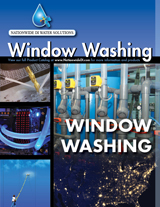
Total Dissolved Solids (TDS) are the total amount of mobile charged ions, including minerals, salts or metals dissolved in a given volume of water, expressed in units of mg per unit volume of water (mb/L), also referred to as parts per million (ppm).
TDS Chart (pdf)
Deionization (DI) is a water filtration process whereby total dissolved solids (TDS) are removed from water through ion exchange. In simple terms, by controlling the electric charge of ions in the water, it is possible to remove the TDS. DI resins attract non-water ions and replace them with water ions, leaving a more pure water form.
The process of deionization uses two resins that are opposite in charges - the cationic (negative) and the anionic (positive). The cationic resin is typically made from styrene containing negatively charged sulfonic acid groups, and will be pre-charged with hydrogen ions. This resin will attract the positively charged ions in the water (Ca++, Mg++, SO4--, etc.) and releases an equivalent amount of hydrogen (H+) ions.
Like the cationic, the anionic resin is also made from styrene, but contains positively charged quaternary ammonium groups, and will be pre-charged with hydroxide ions. This resin will attract the negatively charged ions (HCO3-, Cl-, SO4--, etc.) and releases an equivalent amount of hydroxide (OH-). The hydrogen ions then combine to form water (H+ plus OH- equals HOH or H2O).
Window Cleaning Resources
